Trivia: Do You Know THESE Five Princely States Refused to Join India After Independence?
- Rohit Chatterjee
- 7 months ago
- 2 minutes read

The decision by the princely states posed a significant challenge to Sardar Vallabhbhai Patel, the then Deputy Prime Minister of India
India gained its independence from the British regime in 1947, but the country faced several troubles in politics, economy, and so on. One of the most significant issues was the refusal of several princely states to join the newly independent nation.
Yes, several princely states had no intention of joining India—some wished to stay sovereign, whereas some even considered joining PAK. We all know how Jammu and Kashmir became part of India, but here are five more princely states that created trouble.
Jodhpur
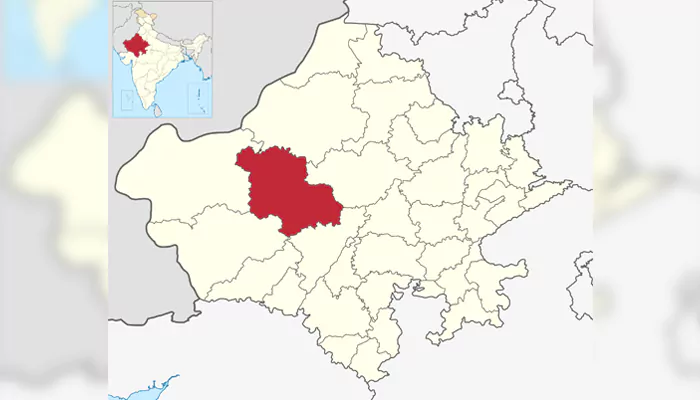
Maharaja Hanwant Singh, the ruler of Jodhpur, had considered joining PAK despite being a Hindu ruler with a Hindu majority. However, he changed his mind after Patel made him understand that Jodhpur was inside India and far away from PAK, which would pose a challenge to him, PAK, and even India. Singh obliged, and Jodhpur joined India.
Travancore
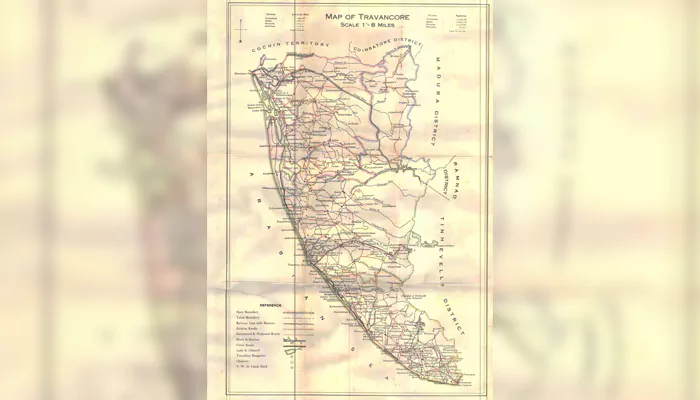
Under Maharaja Chithira Thirunal, Travancore had enough monazite deposits, which were key nuclear materials. Therefore, it chose to remain sovereign instead of joining either India or PAK. The state even thought of signing foreign treaties independently. However, mounting pressure from the Indian government and the political landscape caused Travancore to join India. In the present day, it is the Kanyakumari district in Tamil Nadu.
Junagadh
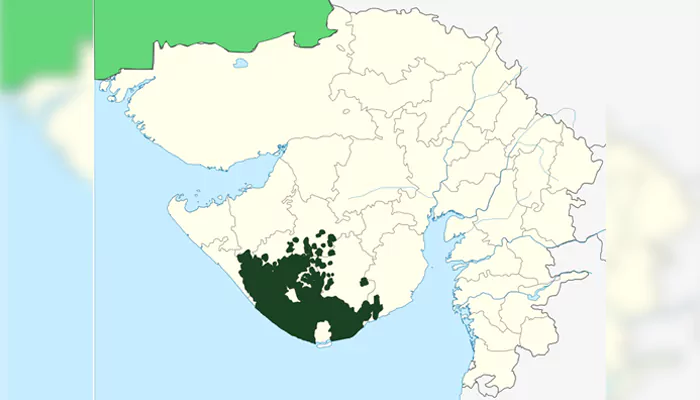
Junagadh had a Hindu majority, but its ruler was Nawab Mahabat, who chose to join PAK. However, India created a blockade, arguing that the state did not represent the majority’s wish. The ruler fled, and India conducted a plebiscite or public vote—the majority voted in favour of India.
Hyderabad
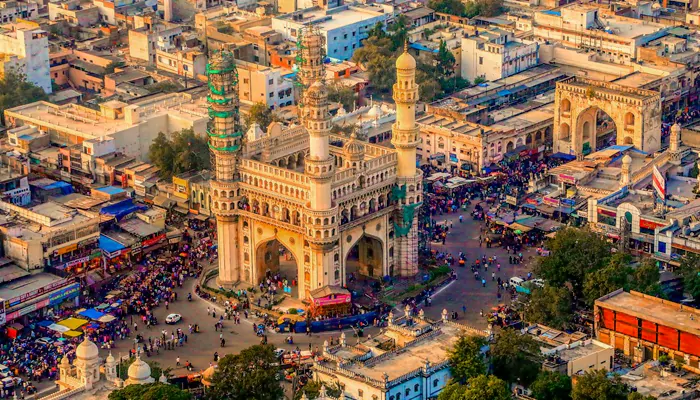
Hyderabad was ruled by Mir Osman Ali Khan, who chose to remain sovereign. However, political unrest in the area forced India to launch ‘Operation Polo’ in 1948, ending Khan’s resilience.
Bhopal
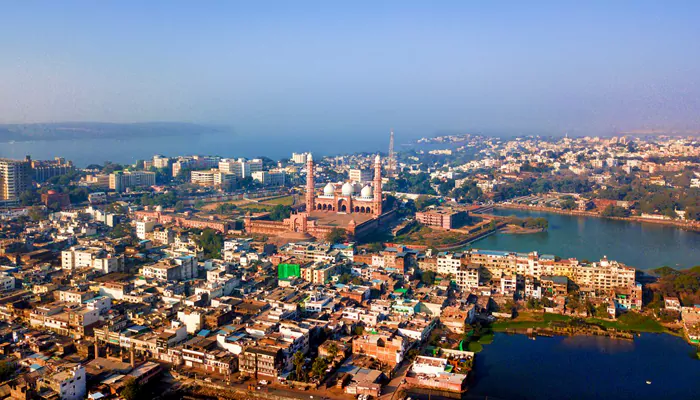
Bhopal’s ruler, Nawab Hamidullah Khan, feared that he would lose sovereignty. However, the Indian government persuaded and convinced him to join India. Bhopal became India’s part in 1949, two years after independence.












